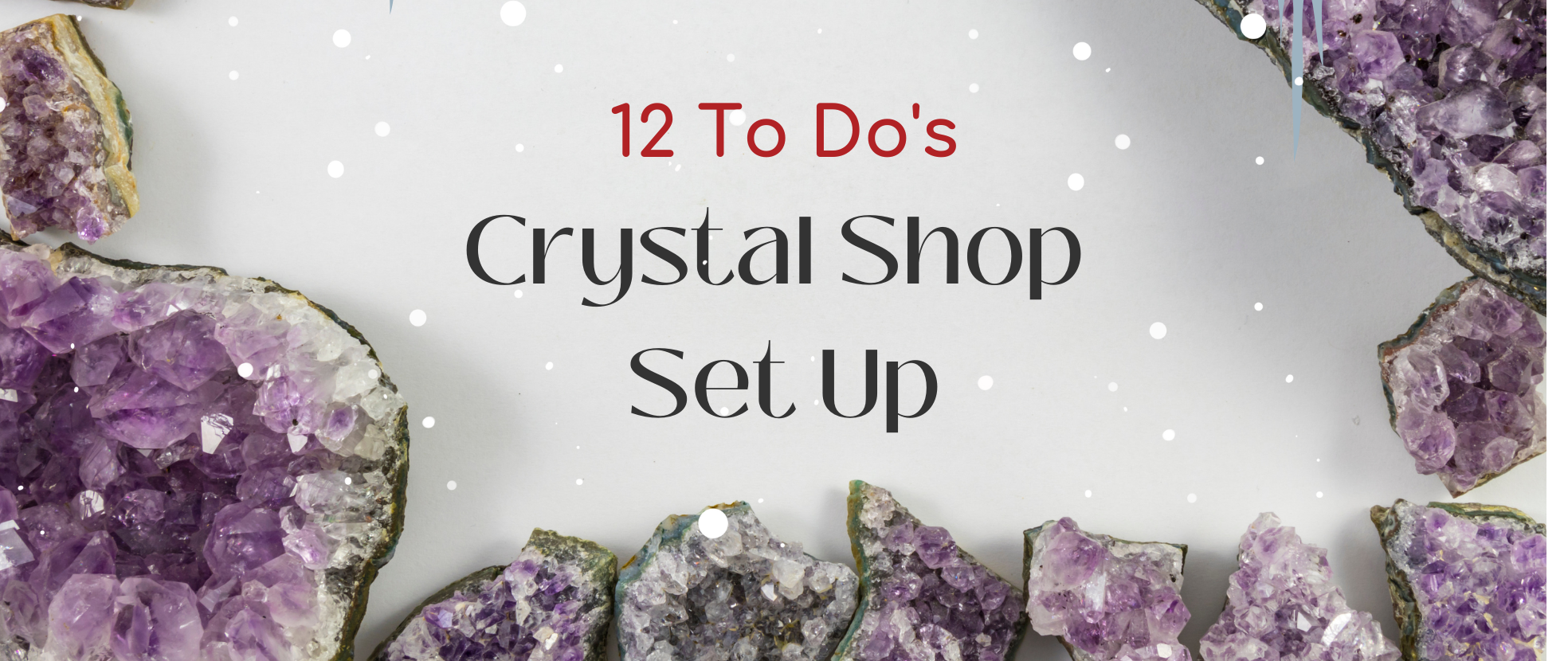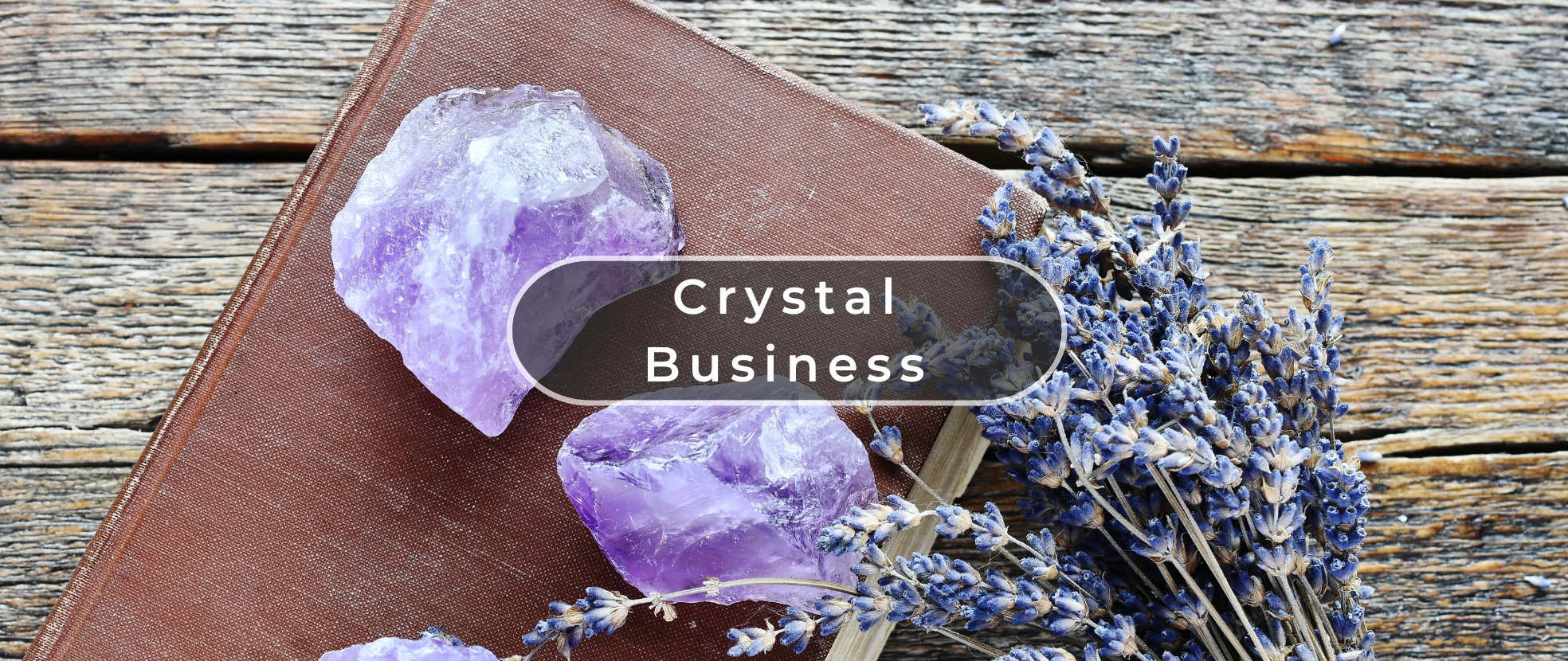Updated July 14th, 2023 by original author
Chalcedony vs. quartz… What's the difference? These 2 minerals may be related to each other (in terms of chemical composition) but each has its own distinct properties.
How exactly do they differ? How can you tell that what you're looking for is a chalcedony and not a quartz, or the other way around?
Let's take a closer look at their properties of chalcedony and quartz so you'd know how to classify them the next time you shop for supplies.
Classifications
Chalcedony is distinguished by many as a mineral species of its own. But it's actually a finely crystalline form of quartz. Chalcedony consists of microscopic and compacted crystals. Since it has no definite crystal shape, it grows as massive or amorphous crystals in volcanic and sedimentary rocks.
Gem traders use the term chalcedony to refer to blue or white chalcedony and differentiate it from the multi-coloured agate.
Quartz is the broader name for the silicon dioxide (SiO2) mineral under which chalcedony belongs. It is one of the most useful and widely known minerals on Earth. Quartz is everywhere on the Earth's surface ” it occurs in different shapes and colours in igneous, metamorphic, and sedimentary rocks.
Origins
All quartz varieties are extremely common and abundant everywhere.
Major deposits of blue chalcedony and tiger's eye are found in Africa (particularly Malawi and Namibia). There are also deposits of fine chalcedony in India. The apple green chalcedony chrysoprase is extracted in Australia and Poland, known as the important sources of chrysoprase in the world.
Florida is home to chalcedony moldings where the mineral is found in several locations (e.g. Tampa Bay, Tarpon Springs, and the Suwannee River).
Exceptional quartz specimens are found all over the world. Some popular sources of huge and high quality quartz are in Minas Gerais, Brazil (has the richest deposits of various quartz varieties including clear quartz, rose quartz and smoky quartz) and the La Gardette Mine in Isere, France.
Crystal Forms and Habits
Chalcedony forms in nature in several crystal habits.
As a microcrystalline mineral, chalcedony doesn't grow as visible crystals. Rather, it grows as botryoidal, nodular, banded masses, and rounded crystals.
Chalcedony (particularly its agate variety) also forms in geodes, lining a geode's external layer below the larger quartz crystals. It is also produced as pseudomorphs resulting from the transformation of an organic material (e.g. petrified wood).
On the other hand, quartz crystals are hexagonal with distinguishable pointed and uneven terminations. These prismatic crystals vary in shape and size, although they can be huge and stubby or forming as pointed aggregates of another crystal.
Like chalcedony, quartz can grow as linings in geodes. It can also grow as rounded pebbles, pointed pyramids on a matrix, druzes, grainy, stalactitic crystals, and crystals with double terminations.
Varieties
Now let's classify which stones you typically see on rock shops are chalcedony and which ones are quartz:
Chalcedony
- Agate - A chalcedony variety known for its wide range of colours and banded patterns
- Aventurine - Chalcedony containing traces of hematite, goethite, or mica, producing in it a shimmering effect known aventurescence
- Bloodstone - A stone with a dark green to greenish blue body with specks of red or brown
- Carnelian - A translucent type of chalcedony with red to amber red colour
- Chrysoprase - An apple green type of chalcedony
- Jasper - Opaque chalcedony with brown, yellow, or red colours
- Onyx - Deep black or white chalcedony with black bands
- Petrified wood - Wood that has been replaced by chalcedony and protected from decay via a process of mineralization
- Sardonyx - Agate that displays alternating parallel bands of brown, red, white, or black
- Tiger's eye - A chatoyant variety of chalcedony with a golden brown to reddish brown colour and silky lustre
Quartz
- Amethyst - The purple variety of quartz
- Clear quartz - Transparent to white variety of quartz
- Citrine - Quartz with a yellow, orange, or brownish colour
- Herkimer diamond - Short, highly lustrous quartz with double terminations
- Phantom quartz - Quartz included with phantom or ghost-like layers (a result of interruption during its crystallization)
- Rose quartz - The light to dark pink variety of quartz
- Rutilated quartz - Quartz with yellow-coloured, needle-like rutile inclusions
- Smoky quartz - Brown to black variety of quartz
Treatments
Both chalcedony and quartz can be treated to enhance their colours. Since ancient times, these minerals have been treated with dye and heat to make them more attractive to consumers and fit for ornamental purposes.
Chalcedonies are often dyed to make their colours deeper and brighter. In fact, some popular chalcedonies wouldn't exist without dye treatment. Case in point: green onyx. It's actually colourless chalcedony that has been dyed dark green. Heat treatment is what gives carnelian its burnt (or "caramelized") look.
Chalcedony is a great candidate for colour treatments since it's highly absorbent and can be soaked in chemicals. Although dyeing will at times increase the saturation of the stone way too much, making it look unnatural.
Natural rose quartz is light pink, so sometimes it is dyed to give it a richer pink hue. Citrine is produced by heat treating amethyst to make it golden yellow. Sometimes, amethyst crystals that are intensely purple are heated to reduce saturation.
Colour changes produced by heat treatment and irradiation are permanent.
Uses
Chalcedony is widely used in ornaments and jewelry. Agate, bloodstone carnelian, jasper, and tiger's eye make exquisite yet inexpensive gemstones. They are often cut and polished into beads and cabochons.
Chalcedony varieties are a hit among collectors due to their distinct optical properties. They are also sold in tumbled form in New Age shops worldwide, with consumers using them for meditation and crystal healing.
Quartz also has diverse uses in the metaphysical world, especially clear quartz, amethyst, and rose quartz. These varieties are associated with a number of divine and physical healing properties.
Apart from that, this important mineral is attached to plenty of industrial uses: as an ingredient in glass, oscillators in radios and watches, as lamps, insulators, and as an abrasive for sandblasting and cutting soft stones.
In the gem trade, amethyst, citrine, rose quartz, and smoky quartz are fashioned into gemstones. These and other distinct quartz varieties are also popular among mineral collectors.
Read more about gemology basics in this article.
Sources:
The Mineral Chalcedony. (n.d). Minerals.net. Accessed at https://www.minerals.net/mineral/chalcedony.aspx
The Mineral Quartz. (n.d.). Minerals.net. Accessed at https://www.minerals.net/mineral/quartz.aspx
How Do Geodes Get Their Colours? Carnegie Museum of Natural History. Accessed at https://carnegiemnh.org/how-do-geodes-get-their-colors/
1000-year process that forms Quartz Crystal & Its Varieties. (n.d.). How to Find Rocks. Accessed at https://howtofindrocks.com/how-is-quartz-crystal-formed/
Treatments of Chalcedony. (n.d.). Navneet Gems & Minerals. Accessed at https://www.navneetgems.com/treatments-of-chalcedony/
Types of Quartz - A Thomas Buying Guide. (n.d.). Thomasnet.com. Accessed at https://www.thomasnet.com/articles/plant-facility-equipment/types-of-quartz/





